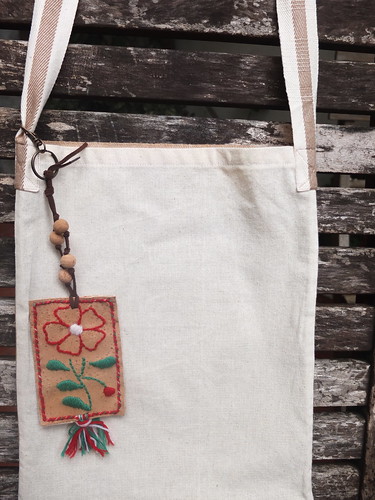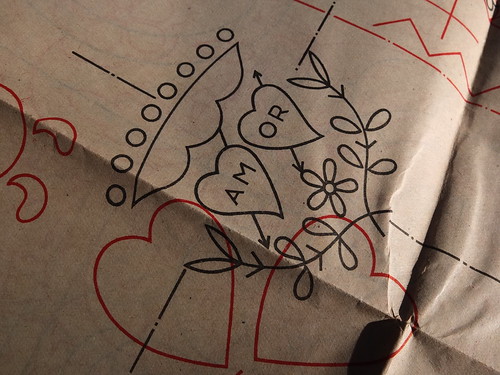"Celeste worked in a Lisbon cafeteria at the time, which on 25 April 1974 was to celebrate its first year of business. The manager had laid on cigars to give to customers, and flowers that happened to be scarlet carnations - "because they were the cheapest", recalls Celeste with a smile.
But when he saw tanks in the street he decided to close for the day and send the staff home, telling us to take the flowers with us.
Celeste was curious to see what was happening, and went to downtown Carmo Street where at 7.30am she came face to face with armed troops who had seized a nearby barracks.
"Do you have a cigarette?" one asked me. Well, in those days it was not usual for a woman to go to a tobacconist. So I said "have a flower" and he took it and put it in the barrel of his rifle. I was happy as I was against the regime, and I walked on and gave the rest of my carnations to other soldiers," she said.
"It was such a simple gesture. I never dreamt it would be something important," "I just did it on the spur of the moment and then I began to see everyone wearing a carnation, and it became the symbol of our revolution." in The Independent, 26th April, 1996
 |
| Carnation from Castelo Branco Embroidery |
Since those days, the scarlet carnation became the symbol of a people, the Portuguese people, that changed their destiny with a peaceful revolution... And the beauty of the carnations on the barrel of the solders' rifles has inspired many photographers and many artists.
 |
| On the left, an image that was hung on the wall of my room when I was a child. On the right, details of a gift I received at my wedding. |
But the carnation has also been, for a much more longer time, an inspiration for other artists... the needle artists from Castelo Branco Embroidery. In the naturalistic imaginarium of this regional embroidery, the carnation is the dominant element. Sometimes it appears flattened, others from the side, with separate petals and cogged edges. In this embroidery the carnation is the man's symbol of love and virility. The silk thread helps to translate the natural beauty of the carnations into art and the stitching, the frouxo stitch and other filling Castelo Branco's stitches, make this nature's representation absolutely unique.
And so we have two representations of the carnation in Portuguese culture, traditions and history... One, the Castelo Branco's carnation, with a long history and tradition that needs to be nurtured and preserved in our days... The other one, the 25th April's carnation, much more recent and that showed that we can choose to change history and that only the traditions we freely decide to keep are the ones that deserve to be preserved...




















































